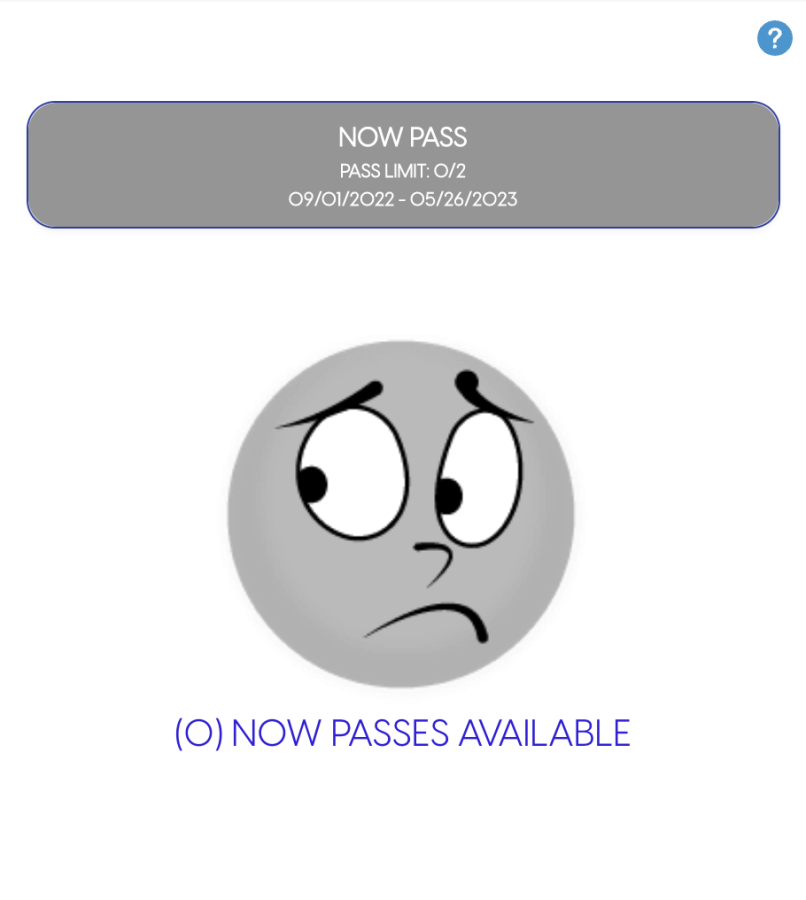e-hallpass is Taking Over our Hallways
Dr. Khalandi goes through the reason for the new pass system
September 14, 2022
In order to leave the classroom, students need a pass. Rather than using a physical pass like a lanyard or paper slip, Northtown uses an electronic pass system. Last year, it was SmartPass, this year it’s e-hallpass.
In July, the middle and high school principals had a meeting to decide on what system would be used across the board. “Based off of their conversations, it was determined that the e-hallpass system was a more efficient and better system that just had more features that would be beneficial at middle and high school level,” said Dr. Hawar Khalandi, assistant principal.
Some of these features include limiting the number of students at each location and in the hallways, creating a shortcut for each teacher’s room, making an appointment pass, and giving a reason for your pass. “As of right now in our hallways, we have a limit of 25 students out at the same time, just to kind of keep them clean and safe,” said Khalandi. “I think features like that will just give us as adults, teachers, and admin more control over what our building and what our hallways and bathrooms look like.”
Currently there is a limit of two passes per day per student. If a student has multiple truancies or tardies, their e-hallpass can be frozen for a few weeks while the issue is being resolved.
“It’s more user friendly. It’s easier to use, which is always a great thing,” said Khalandi. When a student requests a pass, it’s up to the teacher to approve it. If they’re in the middle of a lesson, then they can approve it after.
However, some teachers preferred smart pass over e-hallpass, “Smart pass was probably a little bit easier to use just because it could be on your phone,” said biology teacher Mr. Stillwell. “[e-hallpass] just takes extra time. Just one more step.”
“I love that we were able to use technology in a way that is just making this a little bit smarter, I feel like, and just easier to use,” said Khalandi, “I think all in all, it helps us create a better learning environment for our students in the classroom and also in the hallways.”




Alexis • Oct 5, 2022 at 10:22 AM
I rlly like this! good job